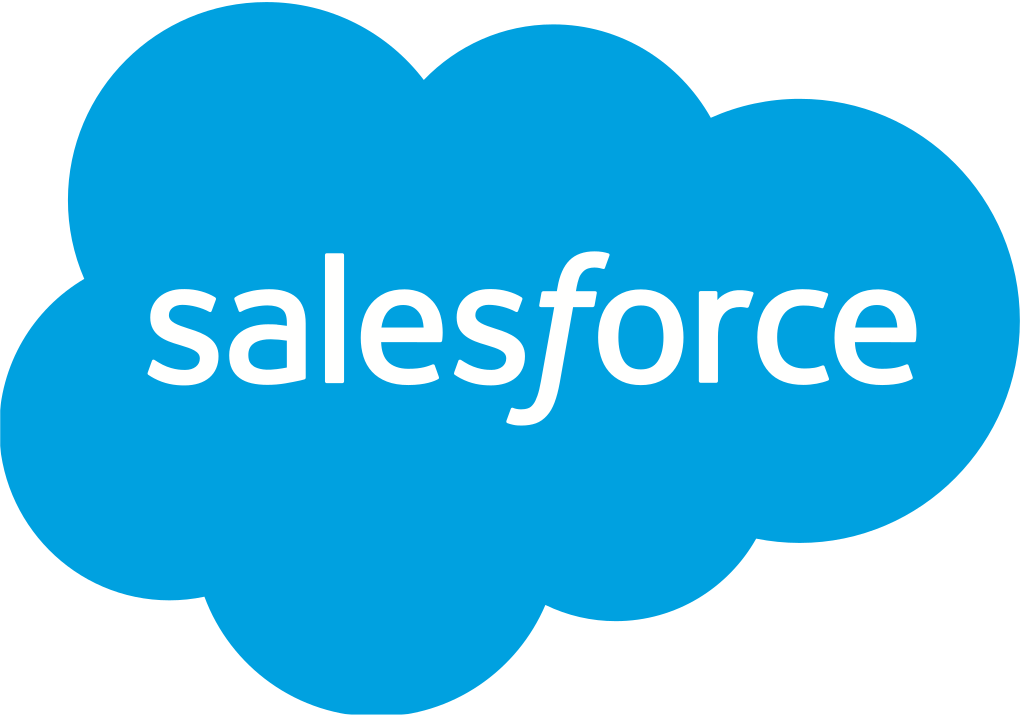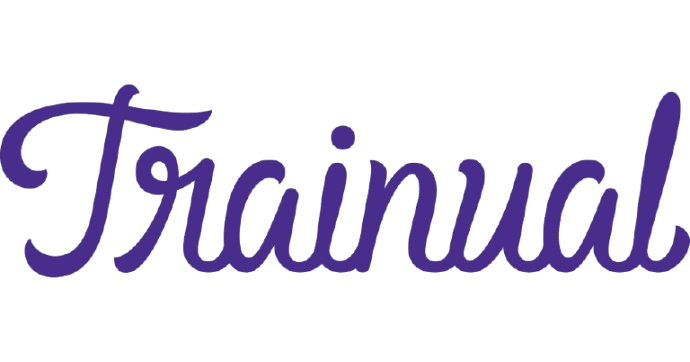Growth infrastructure
playbooks
How to choose your growth tools

The wrong tools waste money and create friction. The right tools compound productivity. Avoid vendor promises and feature bloat. Choose what actually fits your workflow, integrates cleanly, and grows with you.
How to set up your CRM

A poorly configured CRM becomes a graveyard of stale data and missed follow-ups. A properly set up CRM runs your sales process automatically, surfaces hot leads, and forecasts revenue accurately.
Marketing automation setup

Manual lead management breaks at scale. Automation captures every lead, scores them by intent, and keeps them warm until they're ready to buy all whilst you sleep.
How to implement tracking

Broken tracking means flying blind. Proper implementation shows exactly which traffic converts, which campaigns deliver ROI, and where to double down. Measurement makes optimisation possible.
Personal productivity

Plan your week like your marketing budget. Manage tasks with a system you trust. Stay out of inbox traps. Protect deep work time. Run better meetings. Close your week with a firebreak.
Record digital course

Plan course structure that moves students from problem to solution. Script lessons clearly. Record with simple equipment. Edit efficiently. Package for platforms like Thinkific or Teachable.































.png)










.svg%2520(1).png)







